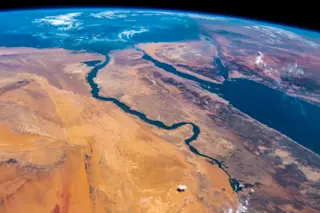Small (but still hazardous) explosive eruptions from Kilauea in 2008 might require a tweaking of the Volcanic Explosivity Index (VEI). Image: HVO/USGS. Much of the discussion of volcanic eruptions tends to center on the big ones -- those monstrous eruptions that really capture everyone's attention, potentially plunging parts of the planet into a cool spell that could last years. Those eruptions are relatively rare, coming a few times a decade for the smaller ones and a few times a century (or longer) for the real colossal blasts. It is true that those are important events to understand, especially because humanity will need to face life after a giant eruption like Tambora or Taupo someday in the future. However, all this focus on the enormous eruptions ends up leaving those "everyday" events in the cold. Even if they are small, they can have a profound effect on local areas, especially if ...
Revamping the Volcanic Explosivity Index (Or Tiny Eruptions Need Love, Too)
Explore the Volcanic Explosivity Index and the implications of small explosive eruptions from Kilauea in 2008.
More on Discover
Stay Curious
SubscribeTo The Magazine
Save up to 40% off the cover price when you subscribe to Discover magazine.
Subscribe













